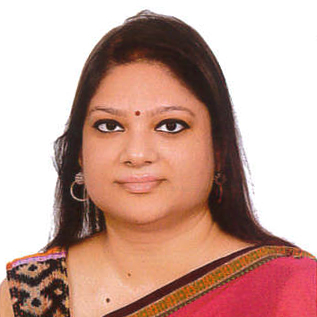Society

"We are trying to construct a more inclusive society. We are going to make a country in which no one is left out." - Franklin D. Roosevelt, 32nd president of the United States from 1933 until he died in 1945.
This vision of the colossal political figure has progressed and matured through decades, taking different dimensions when configured by different nations. The latest form we see in the principle of Leaving No One Behind or LNOB, which is the central, transformative promise of the 2030 agenda for sustainable development. Bangladesh has a social protection system based on this principle. However, in the rapidly developing country, parts of the target group often miss out on social protection assistance. Social security programmes are likely to yield the intended result - the alleviation of poverty - only if the right people can be reached.
So who are the people facing exclusion in Bangladesh? Is it the 50 official ethnic communities (there are nearly a hundred other little-known ethnic minorities), sex workers, and Dalits? There are many defining factors other than ethnicity, occupation, and caste. The elderly people engaged in begging, bede (river gipsies), and people with any form of disability rarely contribute to the country's economy and thus face social stigma. Needless to say, gender identity is another far-reaching factor as the third gender or those identifying as transgender take the brunt of social marginalisation the most.
People become marginalised when they are displaced and need to move to another place within the country due to poverty, natural disasters, and climatic events like river erosion and salinity. Another major factor behind social exclusion or marginalisation is location. This is the case for the people living in hard-to-reach areas such as char, haor, hills, coastal areas, and islands.
Social exclusion is one of the main challenges in achieving the Sustainable Development Goals. Target 1.3 of SDG 1 talks about the implementation of social protection systems while SDG 3 and 4 are respectively about ensuring healthy lives and inclusive quality education for all. Goal 10 stresses reducing inequality both within and among countries. Aligning with the essence of these goals, BRAC's Advocacy programme has been on a mission to assess the quality and accessibility of public services such as Social Safety Net Programmes, primary education, and health-related services. But first, it is of paramount importance to generate evidence to identify who are the ones left behind and their condition.
To address the root causes and bring necessary policy changes, ensuring active and meaningful participation of all stakeholders, particularly those left behind, is crucial. Community Score Card is a tool to do so. It is a community-based monitoring and evaluation tool that enables citizens to assess the quality of public services and provide immediate feedback to the providers.
The Community Score Card method involves community meetings where performance of local public agencies are discussed in presence of both the service providers and receivers. The providers also do their performance evaluations. Eventually, they prepare an action plan based on the assessments and scores.
The LNOB Network of Bangladesh developed such a scorecard under the leadership of BRAC, the platform's secretariat. In its latest study conducted last year, researchers found that marginalised communities (those mentioned above) were less satisfied with social safety net schemes compared to education and health services. A total of 320 scorecard sessions took place in 64 districts, reaching 2,872 respondents.
"Most of us are poor here, but none receive social safety net support. There had never been any open meeting for beneficiary selection to provide allowance or cards. Members are reluctant to give information about these. There is nepotism, bribery and a lack of transparency in the distribution process. We do not know whether a complaint would work," said a participant in a hard-to-reach area in Sunamganj's Tahirpur upazila.
Respondents in a hard-to-reach area in Amkhola union under Galachipa upazila of Patuakhali expressed disappointment about the public services noting that the government hospital was far away and the muddy road leading to it got submerged whenever there was downpour.
Data shows that the social security system in Bangladesh suffers from a 71% error of exclusion (a failure to reach those most in need of social protection) and a 46.5% error of inclusion (reaching those who may not be in vulnerable situations). As a result, a considerable investment - 2.5% of Bangladesh's annual gross domestic product - is failing to have the desired impact.
To address these challenges, a budget must be dedicated to support specifically the people and communities facing social exclusion. It is important to align the budget with the National Social Security Strategy, which is opting for approaches beyond cash allowances to prevent people from falling back into the poverty trap.
The types of the 'marginalised' need to be defined clearly in the budget to reduce exclusion. For this identification, a participatory process is a must. Monitoring committees formed with members of Civil Society Organisations and led by UNOs, and community support groups at local levels (unions, municipalities, and city corporations) may serve as platforms to raise voices and concerns about public services.
Promiti Prova Chowdhury is deputy manager (outreach and capacity) at the Advocacy for Social Change programme at BRAC. She can be reached at promiti.chowdhury@gmail.com

























Leave a Comment
Recent Posts
Right On Schedule
The most eagerly anticipated, and frankly hyped up, announcement of an ...
Fighting raged along the borde ...
Fighting raged along the border of Cambodia and Thailand, with explosi ...
ICIMOD drives regional cooperation to inspire new mo ..
The Cage of Captivity and the Cry for Freedom: A Cru ..
Why Japan issued an advisory for a possible megaquak ..
The Autocrats’ War on Universities